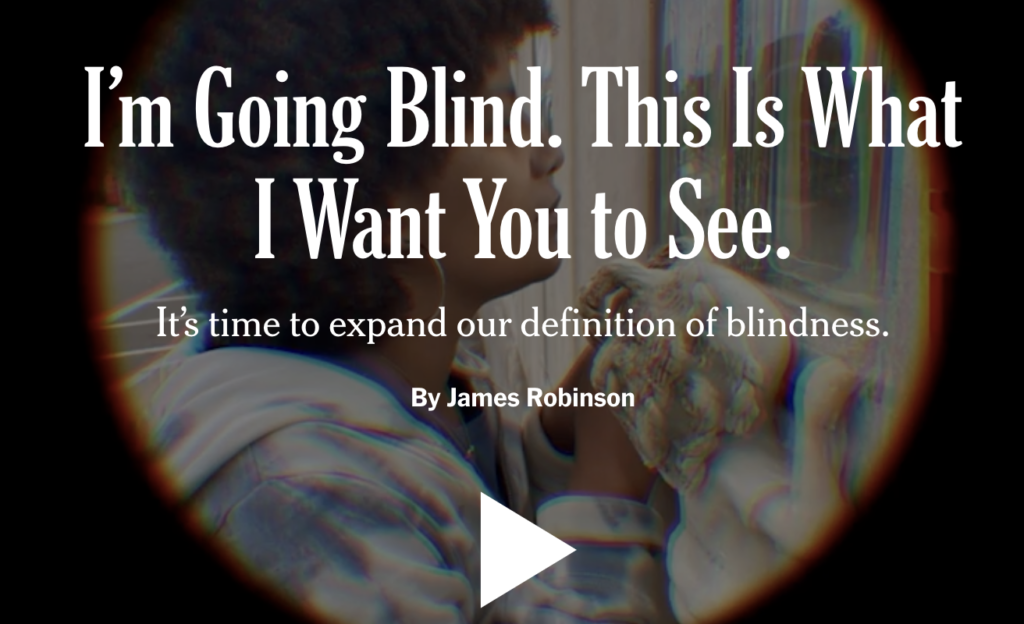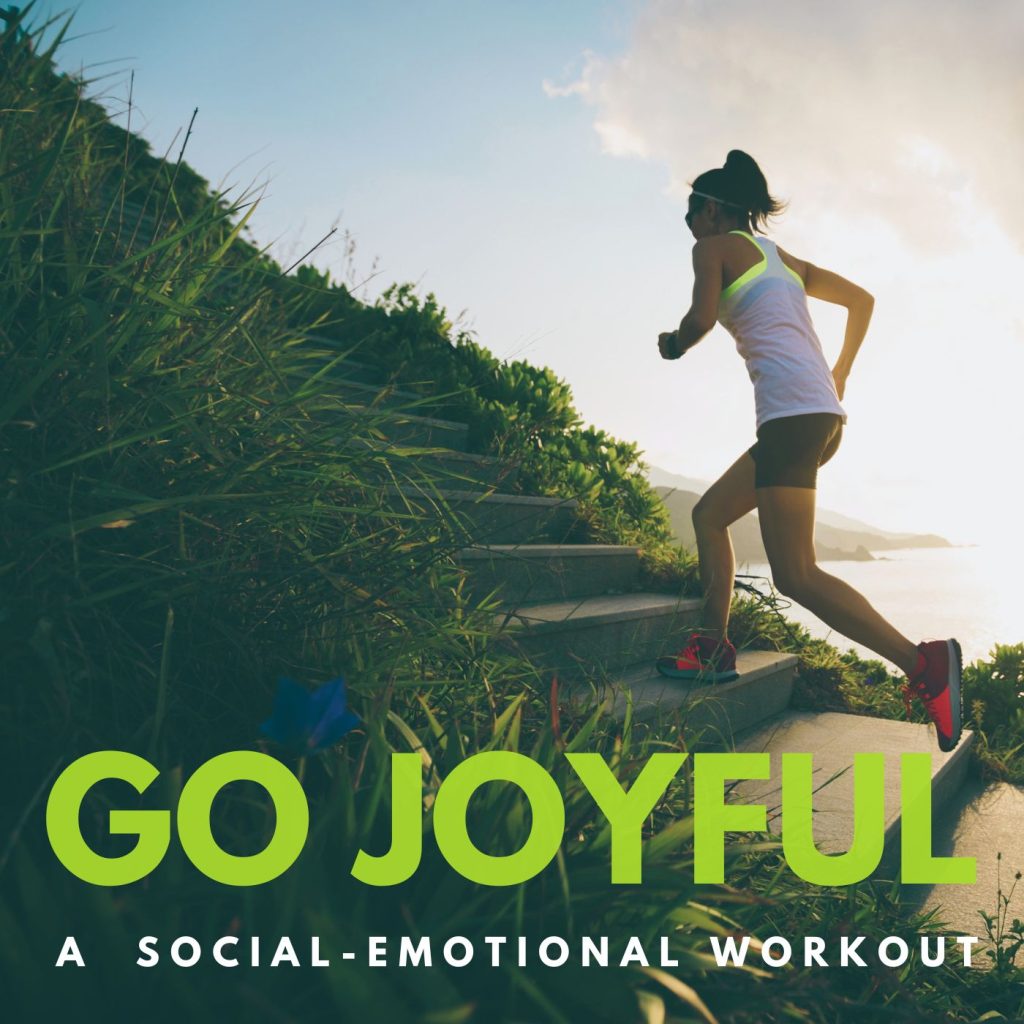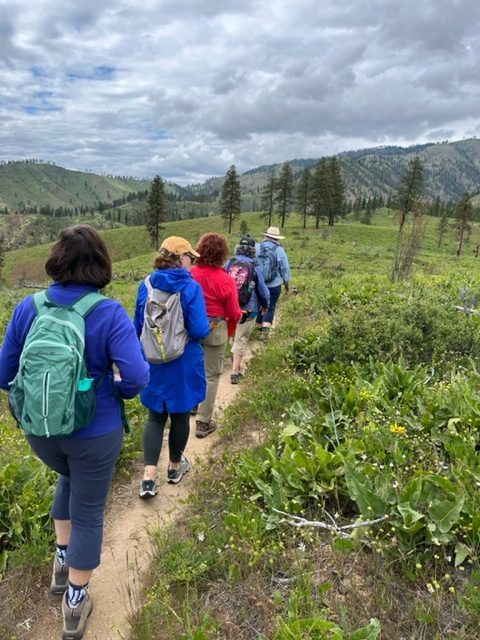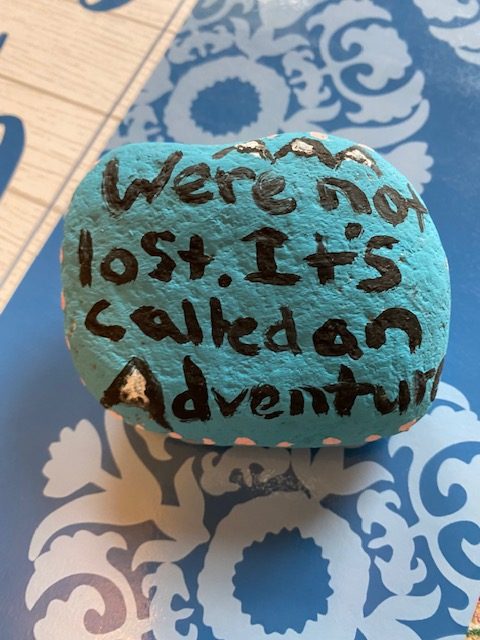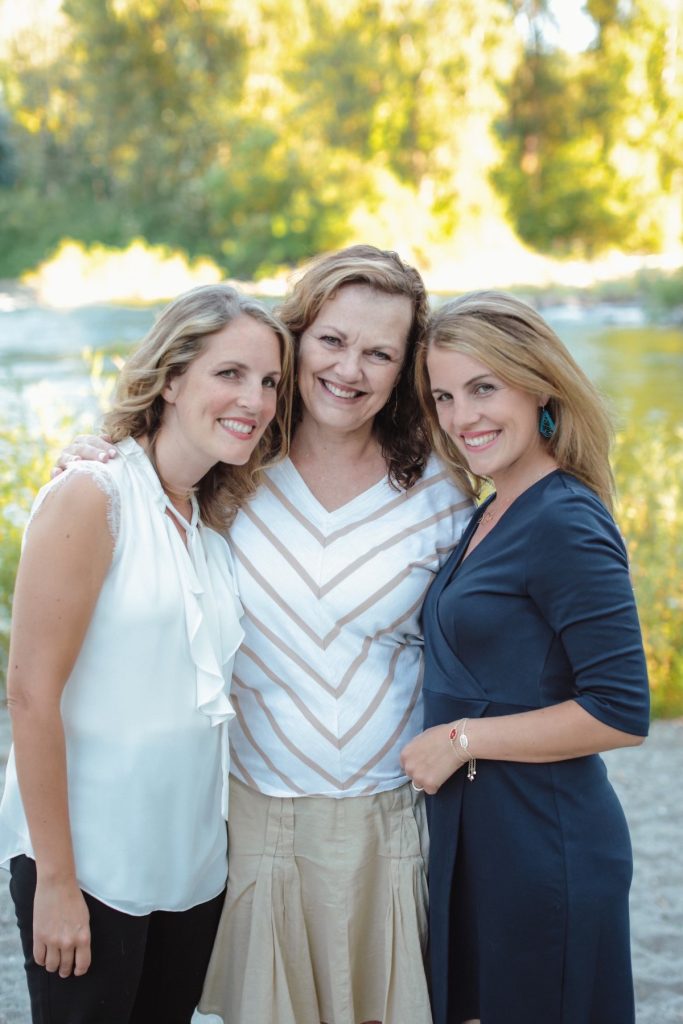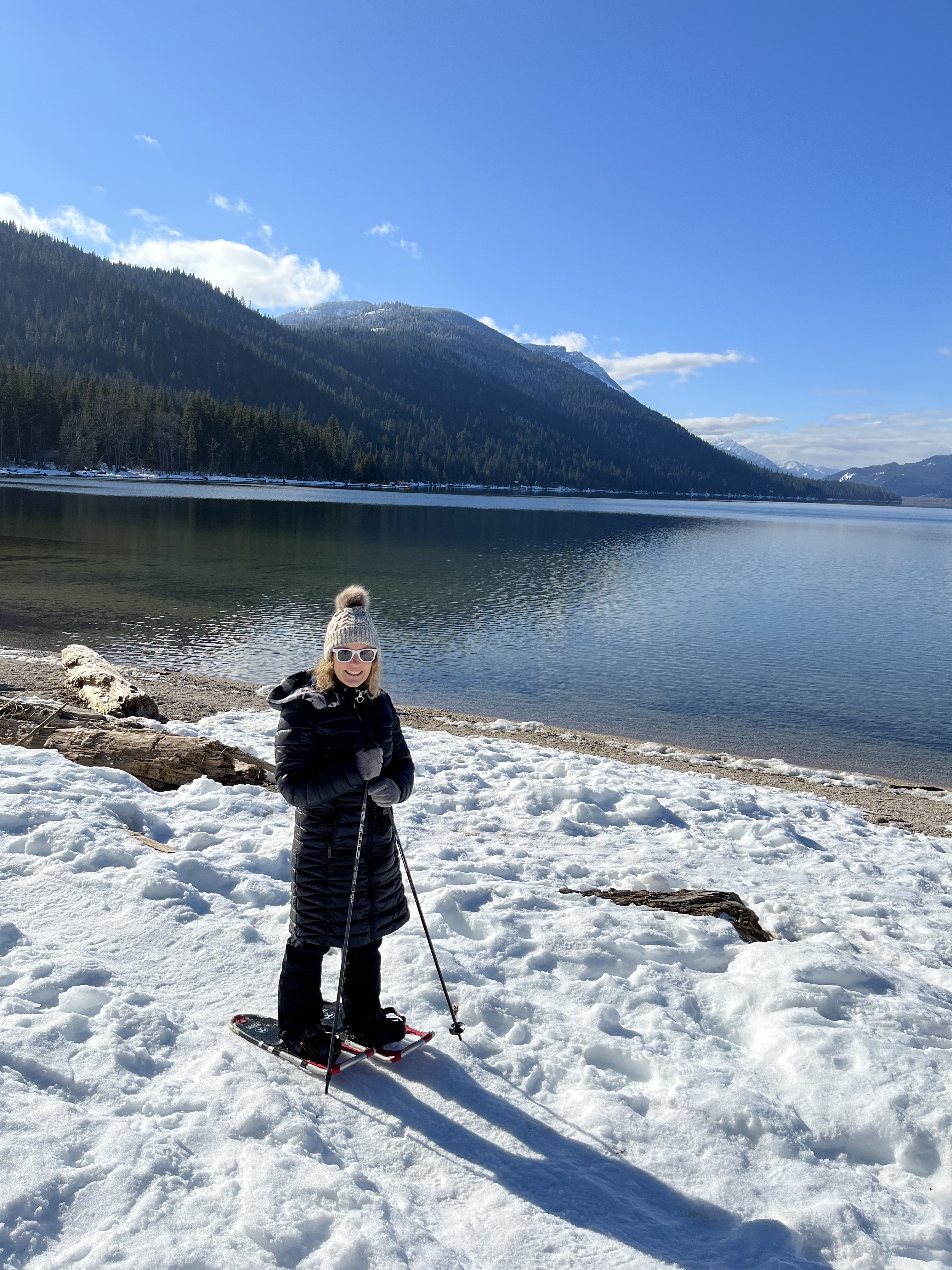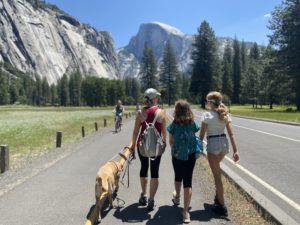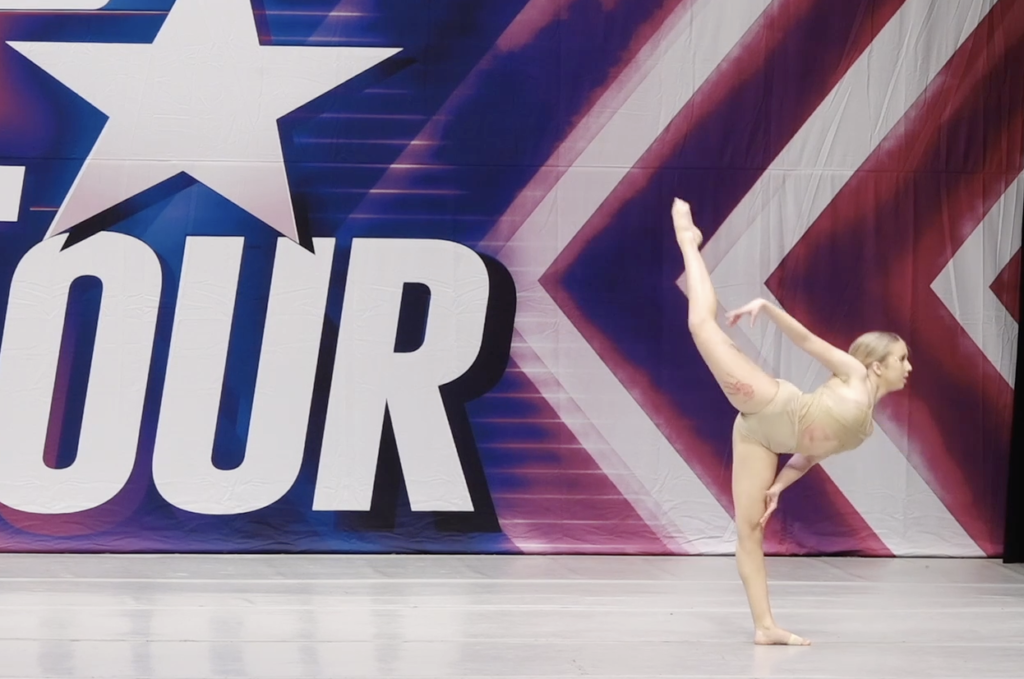
Lady Gaga’s “Just Dance” pulses through the speakers, and the vibrations reverberate across our chairs, drawing each audience member into the moment. “She’s flipping across the stage,” my husband leans over, whispering. My heart beats faster and I realize I am holding my breath.
“Now she’s doing flips and kind of bounces into a group of dancers who push her back, and then… um… she keeps dancing.”
Huh? That last description kinda of confuses me, but I have some interesting images in my mind. It is Nationals in Seaside, Oregon, and the competitors are fierce. I’m on the edge of my seat. I strain my neck to see, to catch a glimpse of my daughter, Lucy. I have the vague conception of where she is at based on my husband’s descriptions, but each time he tells me she is front and center, it’s as if a flash of color darts across the stage, and the moment is over before Lucy materializes into anything my retinas can recognize.
“She’s leaping and doing aerials across the stage,” he continues, his voice a mixture of awe and euphoria. Tears spring to my eyes. Tears of joy that my daughter has found an art she both excels at and loves. Tears of gratitude that I can be here to witness it. Tears of pain because I want to see it. To really see it, not just listen to a few whispered movements after they’ve already occurred. I want to know why the audience is cheering at certain moments. Moreover, I want to cheer alongside them
I want details that my spouse, having no dance background, cannot possibly find words to describe, much less whisper loudly into my ear amid blaring base at a pace even a speedy auctioneer could not match, especially while trying to take in and enjoy his daughter’s performance himself.
I lean forward intently, as if doing so will somehow convince my retinas to give me the images I desire. It doesn’t.
I want to know what shape her form is taking exactly as the music rises and falls. I want to know the details of each costume and whether her hair is pinned in a low bun, braided or flowing freely. Most of all, I want to see the facial expressions the other parents keep raving about every time they see me.
“I just LOVE watching Lucy,” they say, “her face is so expressive.” I find myself feeling jealous of these other parents. It feels as if they all have a front row seat, and I’m stuck in the back behind some dude wearing a top hat. It doesn’t seem fair. Shouldn’t I get to glimpse my firstborn in her joyful, expressive art?
As the last beats fade and the dancers exit the stage, I have the urge to call after them “Come back, I missed a few parts!”
Fast forward six months to January, and I’m listening to my friend, who I’ll call “Accessible Annie” for reasons that will soon become apparent, describe a live musical she has just watched with audio descriptions. For those readers who may not be familiar with audio descriptions, they basically describe everything that is taking place in a show or movie in real time. I first watched and posted about a movie theater experience watching “Paddington” back in 2015, as it felt like a game changer. It was somewhat new technology at that point, but now I very rarely watch anything without turning on audio descriptions. Most Netflix shows and movies have it as an option, and my family immediately turns it on when we sit down to watch something together, sometimes even when I’m not there just out of habit. Plus, my husband says he sometimes hears details of facial expressions and actions he at first missed even though he is fully sighted.
I discuss this with Accessible Annie and lament how I wish there was a way to have someone describe my daughter’s dances at competitions.
“I know someone who might be able to help,” Annie says. Of course she does. Annie is one of the most proactive, well-researched activists I know. When both Delta and Southwest Airlines began requiring service dog forms that were not accessible, she immediately file complaints (compared with me, who just complained in my head but did nothing!) When a hotel gave her and several other guide dog handlers inaccessible forms with ridiculous cleaning fees listed for handlers who leave their guides in the hotel room, she acquired support from a law professor and his students to challenge the hotel. Typically, she has found a way to hold companies to higher accessibility standards, though it has taken a lot of her time and effort, and not all battles have ended resolutely. The traveling Immersive Van Gogh Exhibit, for example, never followed through with implementing audio descriptions or even any tweaks to make the exhibit accessible. Overall, her efforts have paid off, especially her joint efforts in a lawsuit that resulted in accessible mail-in ballots where she resides in Florida.
It’s interesting that my first instinct is not to bother trying to make things accessible. I’m not sure if it’s because I worry the outcome won’t be worth the effort or whether I don’t want to inconvenience someone. My inner critic chalks it up to laziness though my compassionate self gently reminds me that I am juggling a lot at this stage in my life so I’m just a bit tired.
Sometimes it’s precisely our exhaustion with a circumstance that gives us the energy to do something about it. So when Annie gave me the contact info for Chanelle Carson, who audio describes for live productions in Las Vegas like Cirque du Soleil and other touring shows, I reached out to her right away. I was nervous my project would seem too small for her or whether it would be too expensive for me to afford. When she came back with a very generous offer that I could afford, I finally let myself get excited about the prospect.
Fast forward once again, this time to President’s Day Weekend, just one week ago in Coeur d’Alene, Idaho, and I am fidgeting nervously with my AirPods as the act prior to Lucy’s exits the stage. I need to hit the play button at precisely the right moment, and I’m nervous I’ll miss it, so I hand my husband my phone and say “press play the second you see Lucy coming onto the stage.” A few seconds later, they are announcing Lucy’s solo act, and simultaneously Chanelle’s voice sounds in my ears, welcoming Lucy to the stage. I am immediately immersed in the dance via Chanelle’s real-time descriptions. When I watched Lucy in the past, I did catch glimpses of her movements if she happened to move directly into the 4-degree straw through which I see, but only when the light happened to catch both Lucy’s form and the attention of my retina simultaneously, so possibly one or two moments during the performance. But here, now, watching her dance with audio descriptions, it’s as if each glimpse is strung together into moments my brain can comprehend. It’s not just the technicality of the movements, however, it’s the meaning conveyed in the descriptions. The tone of the descriptions matches the tone of the movements, and I hear the story the dance is narrating. “Crushing, as if being hit in the stomach, she brings one leg back, leaps in the air, and makes her way to the right side of the stage.”
In Chanelle’s email with the recording, she has sent detailed descriptions of each routine’s costumes, so I know have a mental image of this as I listen to the descriptions.
When I hear her describe a particularly challenging move, I know exactly why those around me are cheering, and I join them, only unbeknownst to them, I am cheering for multiple reasons. “Yes, go Lucy!” And YES, go accessibility! It is worth the effort. To engage with art. To engage with life. To feel and be connected to the world around you. Accessible moments matter.
(Note: I’ve posted a video below of Lucy’s solo dance with audio descriptions. by Chanelle Carson. Lucy is earring a nude leotard, her hair is in a low bun and there is a faded, painted red hand print on her right leg. She is dancing to “Your Power” by Billie Eilish)

